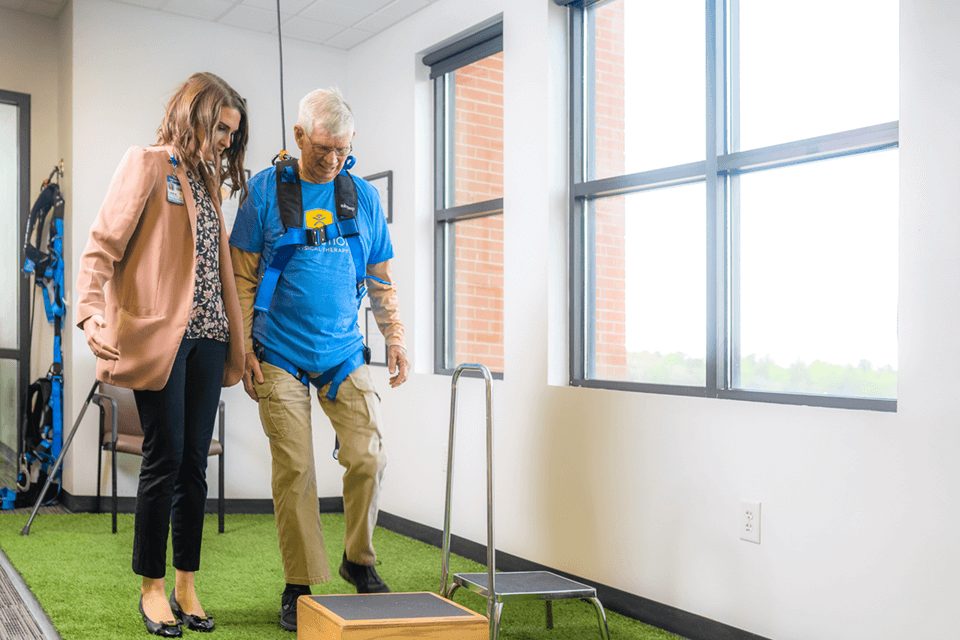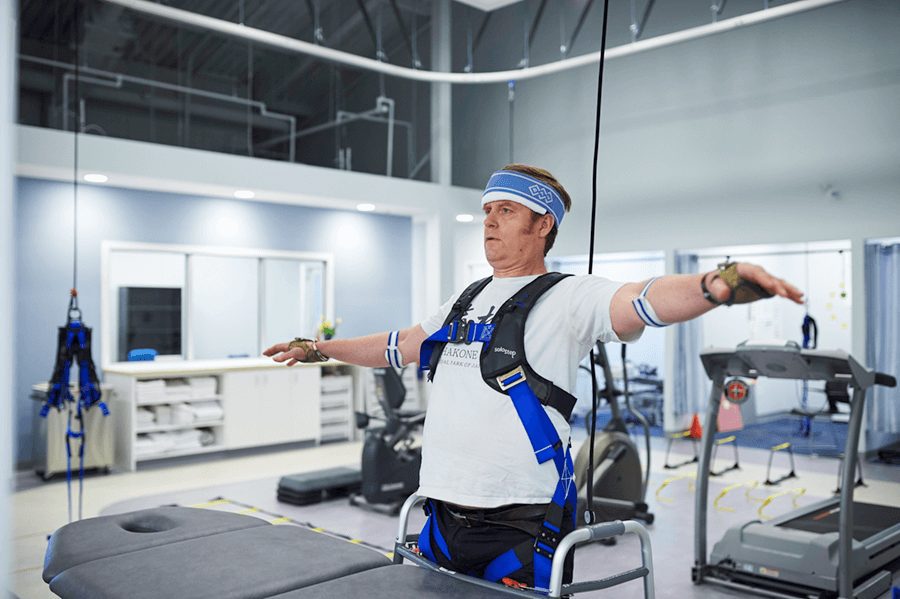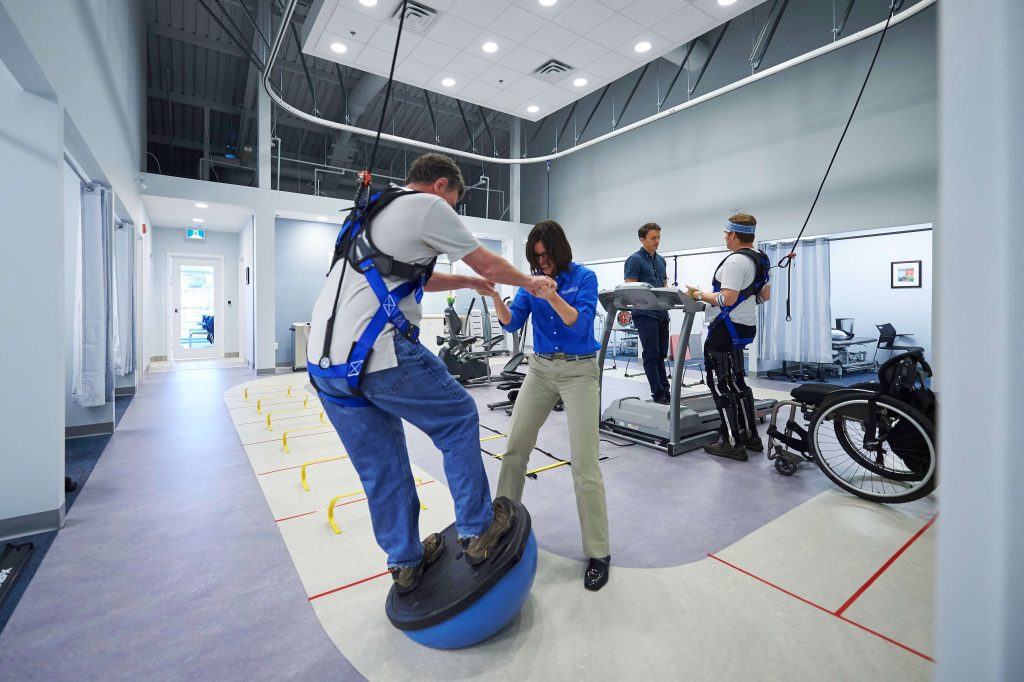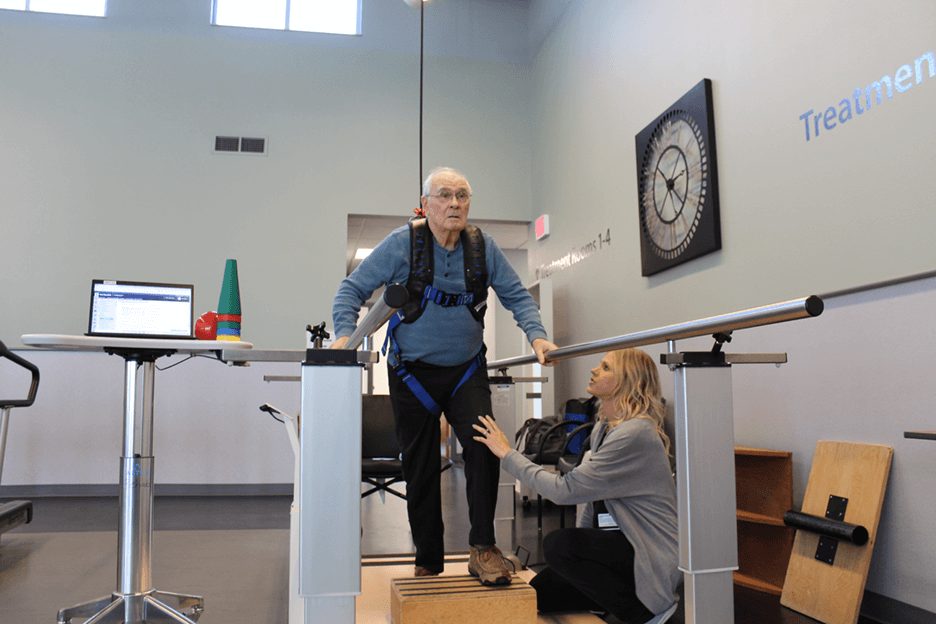5 Effective Techniques to Improve Your Patients’ Gait Pattern

Gait pattern, or the way a person walks, plays an important role in your patient’s overall mobility and quality of life. Helping your patients improve their gait pattern is an essential aspect of rehabilitation and functional restoration. Addressing your patients’ gait abnormalities by implementing targeted techniques will help your patients gain confidence, reduce pain, and enhance their overall movement efficiency. Continue reading this blog for five effective techniques to improve your patient’s gait pattern!
1. Perform a Comprehensive Gait Assessment

Before implementing any interventions, it is essential to perform a gait assessment to identify any gait abnormalities. Observe your patient’s walking pattern while paying close attention to:
- Foot position
- Step length
- Arm swing
- Pelvic stability
- Overall balance
Assessing your patient’s gait symmetry, speed, and smoothness will give you valuable insights into the underlying issues to help guide your treatment plan.
2. Use Strengthening and Range of Motion Exercises

To improve gait patterns, it is vital to address your patient’s muscle weakness and their limited range of motion. Consider implementing targeted exercises that focus on strengthening their core, hips, knees, and ankle muscles, as these play a significant role in maintaining balance and strength during walking. Consider incorporating exercises such as:
- Squats
- Lunges
- Calf Raises
- Leg presses
- And more
These exercises target specific muscle groups that help improve your patient’s gait pattern. Additionally, include range of motion exercises to improve joint flexibility and mobility.
3. Perform Balance and Coordination Training

Balance and coordination are key factors in achieving an optimal gait pattern. Implement exercises that challenge your patient’s balance, such as:
- Single-leg stance
- Tandem walking
- Balance board training
- Virtual reality exercises
- And more
Using visual feedback, like mirrors or video recordings,can help your patients become aware of their body alignment and allow them to make corrections accordingly. Incorporate coordination exercises like side stepping or marching to enhance the synchronization of their movements.
4. Implement Gait Retraining Techniques

Gait retraining focuses on modifying movement patterns to correct your patients abnormal gait mechanics. Biofeedback techniques, such as using mirrors or gait analysis software, can help your patients visualize their gait and adjust accordingly. Encourage your patients to focus on specific aspects of their gait, like increasing their step length, maintaining an upright posture, or achieving a heel-to-toe foot stroke. Gradually progress the difficulty and reinforce correct movement patterns through repetition and positive reinforcement.
5. Use Assistive Devices and Orthotics

Assistive devices or orthotics can significantly improve gait patterns. These devices can provide stability, promote a more symmetrical gait, and reduce the fear of falling. The Solo-Step Overhead Track System provides safety and eliminates the fear of falling during gait and balance training. While your patient is in the Solo-Step system, they will be 100% safe from falls, allowing them to gain confidence and reduce their fear of falling.
In conclusion, improving your patient’s gait pattern requires a comprehensive approach. These five techniques will allow you to address your patient’s muscle imbalances, range of motion limitations, balance issues, and faulty movement patterns. Remember that every patient is unique, and treatment plans should be tailored to their needs and goals. With consistent effort, patience, and guidance, you can empower your patients to walk with confidence and enhance their quality of life!